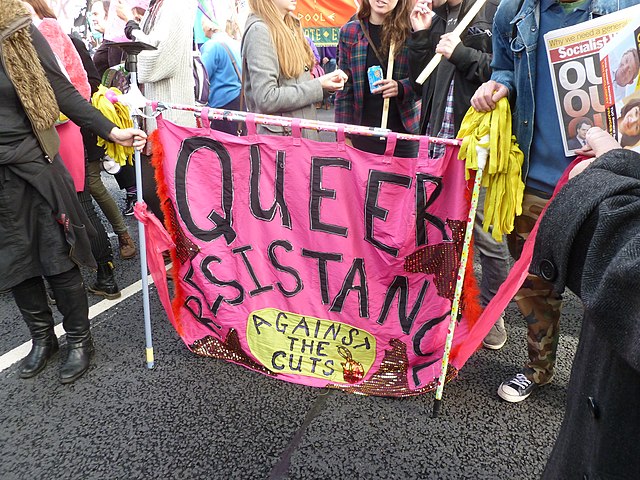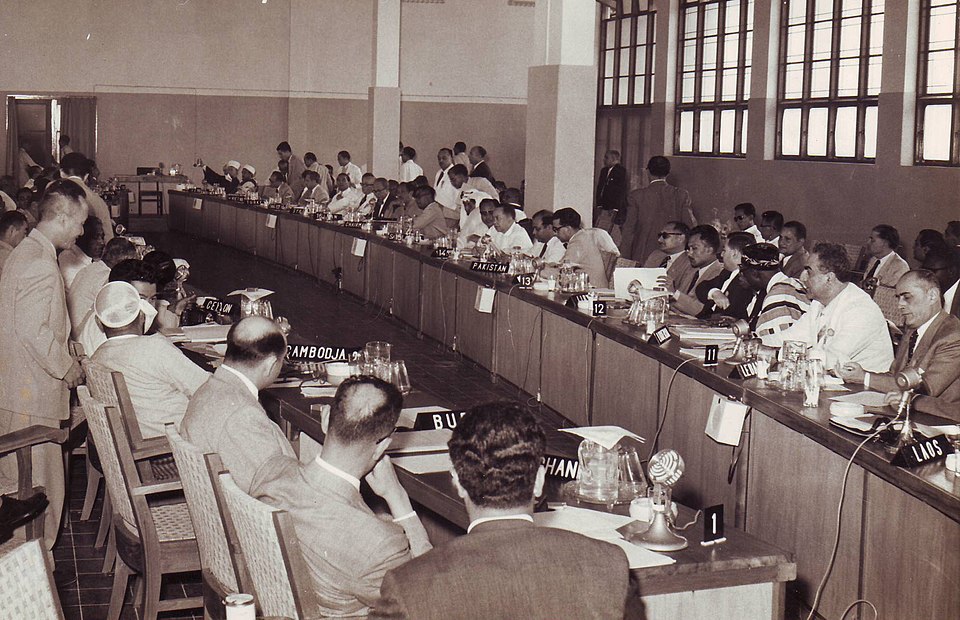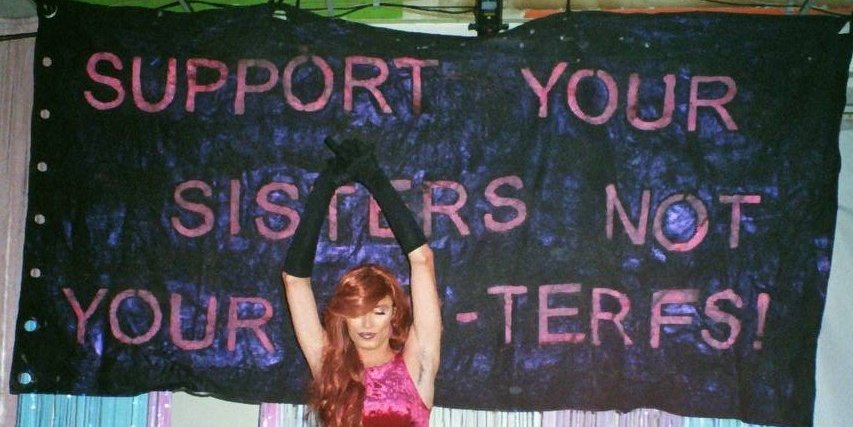Rebellious Daughters of History #18
by Judy Cox

Racism, Riot and Unceasing Revolt: Lucy Parsons (1851-1942)
Lucy Parsons was born in Virginia in 1851, the daughter of a slave. In 1863, she was moved to Texas where she worked as a seamstress and a cook for white families. In 1870, Lucy was living with a former slave, Oliver Gathing, and had a baby who died at birth. In 1871, Lucy married a white man, Albert Parsons. They were driven out of Texas by racists and settled in Chicago, Illinois.
Lucy began writing for The Socialist and The Alarm, the journal of the International Working People’s Association. In the 1880s, she led marches of seamstresses in Chicago. On 4 May 1886, Albert addressed a rally at Haymarket Square, organised to protest against police violence during a May Day strike.
Lucy was in the crowd when police moved in, a bomb was thrown at them and they shot several protesters dead. The authorities arrested eight men and, despite a lack of evidence, executed four activists. Albert was one of them. Protests against these judicial murders were beginning of May Day labour rallies in the US.
Lucy refused to be silenced. She spoke alongside William Morris and Peter Kropotkin during a visit to Great Britain in 1888. In the 1890s, she published Freedom: A Revolutionary Anarchist-Communist Monthly. In 1905 Lucy joined in the Industrial Workers of the World (IWW), and began editing the Liberator. She organized the Chicago Hunger Demonstrations in January 1915.
In the 1920s, the Chicago Police Department described Lucy as “more dangerous than a thousand rioters”. In 1925 she worked with the National Committee of the International Labor Defense in 1927, a Communist-led organization that defended labour activists and victimised Black people. Historians believe that Lucy joined the Communist Party in 1939.
In her 80s, Lucy continued to speak out against capitalism. One of her last major appearances was in 1941 when she addressed striking workers at International Harvester.
Lucy died on March 7, 1942, in house fire. Her lover, George Markstall, died the next day from injuries he received trying to save her.
She was approximately 91 years old. After her death, police seized her 1,500 books. She is buried near her husband, near the Haymarket Martyrs’ Monument in Forest Park, Illinois.

Revolutionary Republican and Armed: Claire Lacombe (1765-?) and Pauline Leon (1768 – 1838)
Claire was an actress but when she arrived in Paris in 1792, in the middle of the Great French Revolution, she left acting to become a revolutionary. Pauline was born to a family of Parisian chocolate makers and became a political radical after witnessing the execution of leaders of a bread riot.
Like many working women, Claire and Pauline asserted their right to speak, to vote and to bear arms in defence of the revolution. Pauline took part in the women’s march to Versailles in 1789. During the insurrection of 10 August 1792, they both took part in the storming of the Tuileries. Claire was shot through the arm but kept fighting and was awarded a medal for her courage.
In May 1793, the two women united to set up The Society of Revolutionary Republican Women, the most radical female revolutionary organisation of the French Revolution. The society first acted as Jacobin Sans Culottes and then the more radical Enragés. They demanded that women be armed to defend the revolutionary republic and that women should have the right to vote in the councils of the Revolutionary Committee.
Claire lived with Théophile Leclerc, leader of the Enrages, and supporter of women’s rights. They broke up and Pauline married him. Under the Reign of Terror, the Enragés were suppressed as was the Society of Revolutionary Republican Women.
On September 16 1793, Claire was publicly denounced as a counter-revolutionary to the Committee of General Security. She was arrested and released in August 1795. She went back to the theatre but soon left and vanished into obscurity. In May 1794 Pauline and her husband were arrested and held separately in prison but later released.
Pauline died at home on 5 October 1838.



